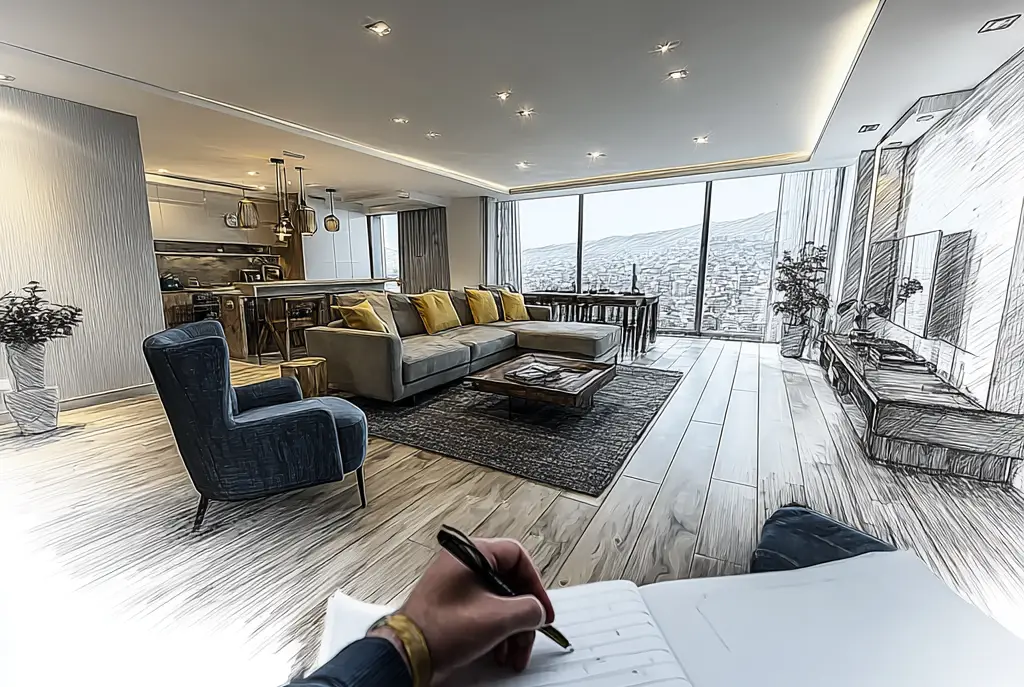For years, like many of you, the promise of a smart home felt more like a frustrating collection of disconnected gadgets. My own journey into home automation began not with dazzling success, but with confusion, frustration, and, honestly, more failures than triumphs.
My first attempt was simple: automating the lights in our Florida home with a few smart bulbs and an Amazon Echo. My goal was noble – to keep the lights off when not needed, a constant battle with three energetic children who had a sixth sense for finding any unlit switch and flipping it on . I quickly learned the cardinal rule of smart bulbs: the physical light switch must always remain on. A memo my family, quite naturally, never received. They’d instinctively flip the switch, breaking my automations and rendering the bulbs useless. I tried taping over the switches, but that just became another challenge for them to defeat! Honestly, I gave up.
My perspective shifted. I realized the problem wasn’t the devices themselves, but the lack of a unified system and a guiding philosophy. The real turning point came when my wife, Randy, and I bought an RV. This was my chance for a smart home do-over. It was here that I dove deep into Home Assistant , installed it on a Mini PC, and added a Zigbee coordinator. The RV, with its unique challenges, became my laboratory. Through trial and error, I learned which sensors were truly reliable, which devices integrated seamlessly, and how to build a system that was genuinely robust.
These hard-won lessons followed us when we moved to Loja, Ecuador, and now form the bedrock of the philosophy I share in The Thinking Home. My current home, which Randy and I affectionately call The Panorama, is the ultimate proof-of-concept for the principles in this guide .
The Panorama isn’t just a collection of smart devices; it’s a cohesive system that actively works to make our lives safer, more comfortable, and more efficient, often in ways we no longer consciously notice.
Imagine This
Our day begins not with a jarring alarm, but with the home gently waking us, slowly opening the bedroom blinds in synchronization with the sunrise. When we leave, the house detects our absence, closing shades for privacy, activating the robotic vacuum, and monitoring plant soil moisture. If a visitor arrives, the entryway camera not only identifies a person but instantly sends a snapshot to our dashboards and phones, vocally announcing, “There is a person at the entryway door, they appear to be holding a package”.
Critical safety automations kick in if a smoke detector triggers: all lights turn on, the front door unlocks for emergency services, and an audible alarm sounds. Even daily chores are simplified, with the hub monitoring the washer and dryer, announcing when a cycle is complete – no more forgotten wet laundry !
This continuous, background vigilance, adapting to our routines and anticipating our needs, is the essence of a Thinking Home. It’s a system so well-tuned that we rarely need to interact with a dashboard or voice assistant for daily functions; the technology simply fades into the background.
My home is not the product of a massive budget or an engineering background. It is the outcome of Intentional Planning, a commitment to core principles like Local Control and Intelligent Sovereignty, and the patience to build and test one function at a time . This guide, The Thinking Home, is the roadmap I wish I had access to when I started this journey.
Your Journey Awaits
If my story resonates with you, know that you too can transform your home. This book is designed to guide you through assessing your needs, choosing the right technology based on sound principles, and building your system step-by-step. To start your own journey, you’ll find comprehensive guidance in the book, including:
- The Project Planning Workbook to help you create your unique blueprint.
- Detailed comparisons of smart home hubs in Appendix D.
- A practical guide to understanding communication protocols in Appendix E.
- Insights into choosing reliable hardware in Appendix G.
Are you ready to move beyond the hype and build a truly smart, secure, and private Thinking Home of your own? Your journey starts here.

